It rained most of the night and by 5:30am Saturday at our meeting location it was hovering around 40 degrees. Our group of 11 met in Monticello and after packing into 3 vehicles were off in the dark headed to the northeast to look for grouse. We slowly drove the road int he dark making sure that if we came across any grouse we didn't disturb or worse, hit them. We arrived at the lek just as it was starting to get light, but couldn't see any grouse where they had been in past years. Based off a tip from someone who checked the area out the previous week we moved a short distance ans soon found ourselves looking at 7 GUNNISON SAGE-GROUSE--5 males and 2 females in the distant shrubsteppe.
2 Gunnison Sage-Grouse on Hickman Flats
We watched the birds with binoculars form our vehicles for 15 or so minutes before we opted to set up to scopes on the back sides of the cars so the group could get a better look at the distant birds. The scopes were set up and and we had folks slowly get out of the cars and move behind one vehicle to line up and see the birds. The first few people got through looking when all of the sudden the birds took flight and disappeared into the sage flats to the west. I was a bit dismayed. The group had been quiet and we were a great distance away, taking precautions as not to disturb the birds. The previous year at another lek we had been much closer and out of the vehicles with even more people and the birds didn't even seem to notice us.
View of the Abajo Mountains in the distance
I wasn't frustrated that everyone in the group didn't get to see the bird through the scopes--everyone got to see the birds. I was more frustrated with our impact on the species, that more than likely will be listed as endangered in the next month. Part of our reasoning for hosting this event was to shed a little bit more light on this fascinating bird for locals. If the states DNR would actually be willing to talk with us and help with the event we could do a better job at making sure this type of thing doesn't happen. But thus far our attempts to reach out and open a dialogue have been met with resistance. I plan on forwarding our experience this year to them in hopes that some change might be triggered. After the grouse flushed we checked a few more fields unsuccessfully, before starting east towards Colorado to bird the rest of the area and look for a few other shrubsteppe specialties.
Utah Birders scanning for birds in the sage
It remained cold and although the buzz of BREWER'S SPARROWS, was accompanied by the songs of WESTERN MEADOWLARKS, SAGE THRASHERS, and VESPER SPARROWS, there wasn't as much visible activity as in past years. We came across a GOLDEN EAGLE perched along the road and had plenty of HORNED LARKS zip across the road, occasionally landing for good looks.
Horned Lark perched along the fence
We made a stop in an area where Burrowing Owls previously "burrowed", but couldn't pick any out. We did spot a very distant FERRUGINOUS HAWK which we made our way towards for closer views for the group. We also drove a few side roads we hadn't in the past that looked good for Sage Sparrow--we didn't find any...
Ferruginous Hawk composite take-off
Back along the main road it wasn't long before a tiny falcon zipped by and landed on a post just up the road--it was a stunning little MERLIN. Although many people think these birds are gone by now, they are found throughout April in Utah and many persist into May. Straggling migrants from further south are probably the majority of these birds. We stalked this individual allowing great looks along the edge of the road.
Merlin on Hickman Flats
Our usual route took us past ponds and springs where the usual suspects were present, but no unexpected waterfowl or shorebirds popped up. For the life of us we couldn't find a Sage Sparrow, but managed to pick up every other species of expected sparrow out here, as well as SAVANNAH SPARROW.
Savannah Sparrow trying to hide in the grass
MOUNTAIN BLUEBIRDS are common here and they brightened up the dark morning. We had several STELLAR'S JAYS a few few miles form where they are expected to be, but foraging here in the Pinyon-Juniper they gave good looks. While we stopped to look through a flock of a CHIPPING SPARROWS a small raven caught our attention in the distance-it appeared to be a crow at first sighting, but the bill was a tad too large. Before we could get scopes on it, the bird took flight leaving us wondering--had this been a Chihuahuan Raven? Instead we settled on CRAVEN--ambiguous enough to cover all three corvus possibilities.
The "Craven" on Hickman Flats
We had magpies, and juncos, and robins--all the usual stuff. The group added TOWNSEND'S SOLITAIRE, BEWICK'S WREN, and JUNIPER TITMOUSE. AS we drove we heard BUSHTITS in the sage brush along the road. We stopped and all around us was a small flock of these entertaining little species. I got the best photo I've ever managed of this species, so I was pleased.
Bushtit posing for its close-up
The birds were starting to be a little more cooperative, and it was warming up a little bit. Checking out another road, we were unable to turn up anything new. Eventually we ended up at a location that was inundated with woodpeckers the previous year. This year it was limited to a few NORTHERN FLICKERS, a DOWNY WOODPECKER, and a HAIRY WOODPECKER. We did snag a WHITE-BREASTED NUTHATCH, saving us a stop later in the day for the species.
White-breasted Nuthatch on Hickman Flats
A few minutes later an empid popped up and sang, it was a DUSKY FLYCATCHER. The bird provided great looks allowing those who were close enough to see the bird to admire its tiny bill and yellow-olive wash as it perched in a snag. It flew off a few moments later and continued to sing from the woods.
Dusky Flycatcheron Hickman Flats
A few miles down the road we came across another one, this time the bird was in someones yard and was flying from perch to perch providing more good looks in the open. A 2nd DUSKY FLYCATCHER morning here in April was a good sign.
The 2nd Dusky Flycatcher on Hickman Flats
The convoy rolled back into town and refueled, stocked up on snacks, and took restroom breaks before continuing on our way to Lloyd's Lake just southwest of town. On the way we added AMERICAN CROWS in town. At the reservoir we had a flyover OSPREY and a few ducks and geese. The most notable birds however were 5 COMMON LOONS, a WESTERN GREBE, and a HORNED GREBE on the water.
Poorly digi-scoped Horned Grebe on Lloyd's Lake
The group continued west into the Abajo Mountains to see what was hanging around the Dalton springs area. We spent about an hour there allowing the group to wander, and Jeff took a number of people into the forest while others remained back near the cars soaking up our first sun of the day and checking out the birds there. We added the typical chickadees and RED-BREASTED NUTHATCHES, as well as kinglets and WESTERN BLUEBIRDS. A highlight for most of the group was a BROWN CREEPER--several more were seen on Jeff's walk. A number of RED-NAPED SAPSUCKERS came by, while PINE SISKIN, SHARP-SHINNED and COOPER'S HAWK were all added to the day list.
Utah Birders in the Abajo Mountains
This stop is always rewarding but failed to turn up and Wild Turkey this year. We headed back into town and allowed everyone to scatter into their own vehicles to head south to Devil's Canyon Campground. By the time we go there the sun was out in full force, the temps were rising, and the bird activity was at a lull. Although we did add our target PYGMY NUTHATCH and CASSIN'S FINCH, we didn't turn up any of the other unusual mountain species normally found here. A RED-TAILED HAWK kept watch on us while we watched an AMERICAN KESTREL try to take out a WESTERN BLUEBIRD. We did have what seemed like an early GRACE'S WARBLER singing here, and added BROAD-TAILED HUMMINGBIRD at the campground host site as we left.
Red-tailed Hawk soaring over Devils Canyon
Our next stop was Recapture Reservoir just down the road where things were very active. There were COMMON LOONS on the reservoir emitting their eerie call--also lots of waterfowl including REDHEAD, LESSER SCUAP, BUFFLEHEAD, and NORTHERN PINTAIL. Along the shore and in some of the surrounding trees the birding was really good. A RED-NAPED SAPSUCKER near the boat launch was unexpected.
Red-naped Sapsucker at Recapture Reservoir
This area was also teeming with songbirds including the usual ROCK WRENS and MOUNTAIN BLUEBIRDS. More notable were several GRAY FLYCATCHERS and BLACK-THROATED GRAY WARBLERS.
Gray Flycatcher at Recapture Reservoir
Near the inlet there was an interesting mix of sparrows that included CHIPPING and LARK SPARROWS, as well as a single BLACK-THROATED SPARROW--the only of the trip. After getting our fill of the area we dropped out of the mountains and into Blanding to visit the always interesting waste water treatment ponds on the south end of town.
Blanding WWTP is the spot for birding in Blanding
Right off the bat we spotted a GREAT EGRET on the nearest pond--this was a new county bird for me. There were a few birds on the near pond but not as many as usual--the other highlights included a pair of BLUE-WINGED TEAL and we could hear calling FRANKLIN'S GULLS.
Digi-scoped Great Egret at the Blanding WWTP
We moved to another vantage point where we could see into another pond and could now see a flock of 14 MARBLED GODWIT lounging on the shore. While we watched them a lone BONAPARTE'S GULL came and circled the near pond. In the fields to the west there was a decent flock of WHITE-FACED IBIS as well as several GREAT-TAILED GRACKLES. Along the fence lines around the pond SAGE THRASHERS occasionally perched as well. These ponds always fascinate me--here in the middle of the desert they are THE birding hot spot between Bluff and Monticello in my opinion.
Utah Birders at the Blanding WWTP
At this point we bid farewell to the group, the trip had officially come to an end and despite the weather and flushing of the grouse, we had seen a good number of birds. We missed a few things that were expected but that's birding. Stephanie Greenwood, Jeff, and I decided to keep on birding heading south to Bluff. The 25 miles drive was quick and when we got there it was 77 degrees outside-quite a nice difference from the morning--but it also meant the birds weren't to active.
Navajo Twins in Bluff
We headed to Navajo Twins Ponds where it was very quiet. WHITE-TRHOATED SWIFTS and VIOLET-GREEN SWALLOWS twittered along the cliffs above--WESTERN KINGBIRD and SAY'S PHOEBE patrolled what remained of the ponds, which are in far worse shape than last year when they were already in poor shape. Pretty soon this will be Navajo Twins dry ponds...
Western Kingbird at Navajo Twins Ponds
Through town we drove to Sand Island a few miles west along the San Juan River. Opting to avoid the crowded campground we instead drove to where the highway crosses the river heading south to Mexican Hat and birded west of the bridge. A nice sized flock of CEDAR WAXWINGS were in the trees here, as were a few SPOTTED TOWHEES and WHITE-CROWNED SPARROWS. We finally picked up a couple LUCY'S WARBLERS for the trip as well. As we sat along the bank of the river trying to psyche each other out, joking about seeing birds that weren't really there, I quipped, "Look, a Black Phoebe--there it ISN'T!" Stephanie new to the game fell for it but Jeff just shook his head--until I said, no really, right down there, there actually appears to be a BLACK PHOEBE. Just about 100 yards down river one was flycatching form the bank--too bad we couldn't have willed something a little more far fetched!
We drove back across town and out the east side towards Aneth along Mission Road. There are agricultural fields here that occasionally have water in them. This day instead they had large flocks of Ravens in them. One of the first groups we looked at had what appeared to be a crow with them--but upon closer looks it was obviously a raven--a very small raven. I reached for my camera and the flock took flight. I managed a couple flight shots as the bird left the scene. Jeff followed it but if flew a long ways out of sight.
Possible Chihuahuan Raven in Bluff
Continuing east we came across more ravens, as well as a flock of WHITE-FACED IBIS where there was some water in the fields. We also came across one NORTHERN MOCKINGBIRD on the power lines along the road. Eventually we turned and headed back towards Bluff where we stopped to check out a flock of ravens much closer to the road. Again there was a small crow-sized Raven with the group--this time I had my camera and snapped a bunch of shots to show the obvious size difference.
Possible Chihuahuan Raven with Common Raven in Bluff
There is some known size variation in ravens--as with all birds--but I believe this is clinal, so it would odd seeing such distinctly small birds in an area where the average is much much bigger. These birds also had bills that appeared to be slighter than the other ravens--as well as long nasal bristles. In my opinion they looked like a good match yet again for CHIHUAHUA RAVENS in this part of the state.
Possible Chihuahuan Raven in Bluff
As it was starting to get late we headed back to Blanding and then up towards Devil's Campground to camp where we had the previous night. This time though we set up tents just in case. After it got dark we walked from about a 1/2 mile above the campground down to the campground and through the loop on the right, and then back to our camp without eliciting a single hoot from a Saw-whet Owl... Utterly strange. Back at camp I fell asleep entering eBird checklists via my phone--I was exhausted and slept through the night.
Bilsky emerging from his tent
Easter morning I awoke to singing RED CROSSBILL, PYGMY NUTHATCH, DUSKY FLYCATCHER, and CASSIN'S FINCH. It was sunny, and looked like the makings for a beautiful day--a singing GRACE'S WARBLER seemed to agree. After packing camp we headed towards the Acorn Woodpecker spot to see if we might get lucky and pick one up for the trip--no such luck. We decided to drive Hickman Flats one more time to see if we might pick up some of the birds we missed the day before--we didnt--but the birding was good. I got some decent shots of MOUNTAIN BLUEBIRD, VESPER SPARROW, SAGE THRASHER, GRAY FLYCATCHER, and BREWER'S SPARROW along the way.
Mountain Bluebird on Hickman Flats
Vesper Sparrow on Hickman Flats
Sage Thrasher on Hickman Flats
Gray Flycatcher on Hickman Flats
Brewer's Sparrow on Hickman Flats
We did find a small group of peeps in one of the spots we checked the previous day--it was comprised of 5 WESTERN SANDPIPERS and 1 LEAST SANDPIPER.
Western Sandpipers on Hickman Flats
Least Sandpiper on Hickman Flats
We also had a very cooperative NORTHERN HARRIER near the end of the drive that I caught landing in the sage from behind--turned out pretty cool.
Northern Harrier on Hickman Flats
After this we headed back towards the north, stopping in Green River for our now annual post Grouse Days jaunt to Ray's Tavern. And by early evening we were all home. It was another great trip to a very under-birded part of the state. Where Washington County sees the most action form birders up north, San Juan County remains the place where you can really make discoveries in birding in Utah. With vast amounts of land and places where no one looks for birds the possibilities seem endless.
Bacon Cheeseburger at Ray's in Green River
814 miles later, we managed 113 species, a few less than last year, but also a full day less of birding. And it gives us a target for next years Gunnison Sage-Grouse Days!
Checklists from this trip:
Hickman Flats Road
Lloyds Lake
Dalton Springs
Devil's Canyon CG
Recapture Reservoir
Blanding Treatment Ponds
Navajo Twins Ponds
Sand Island CG & Bluff Road Bridge
San Juan River & Mission Road
Devil's Canyon CG
Hickman Flats Road
Labels: fieldtrip, life birds, san juan county, trip reports, upland game birds

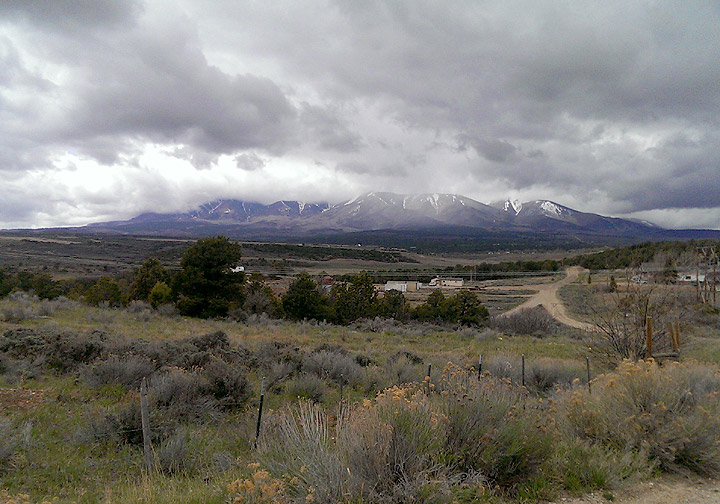

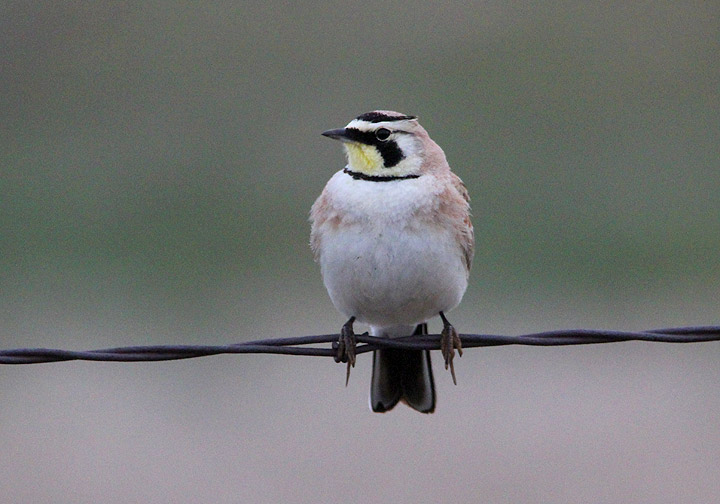
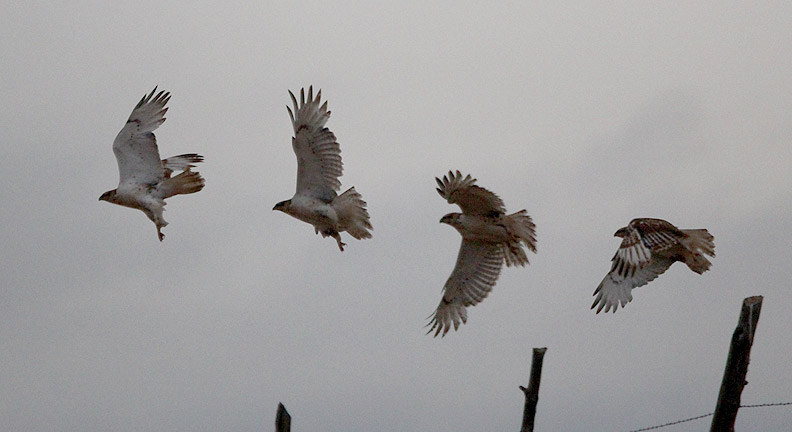

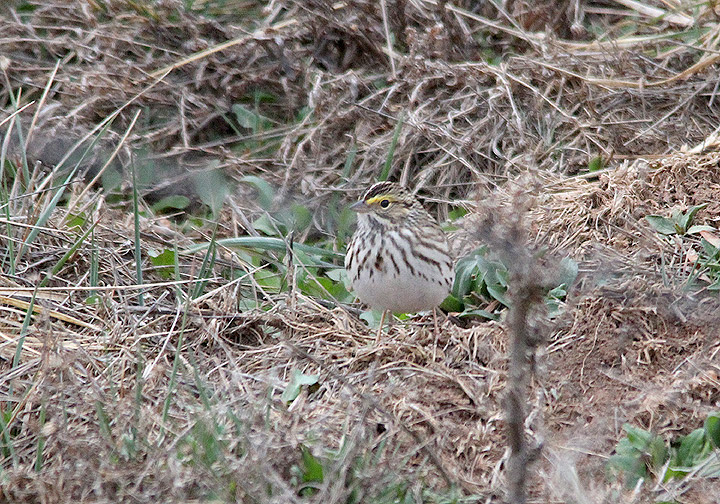
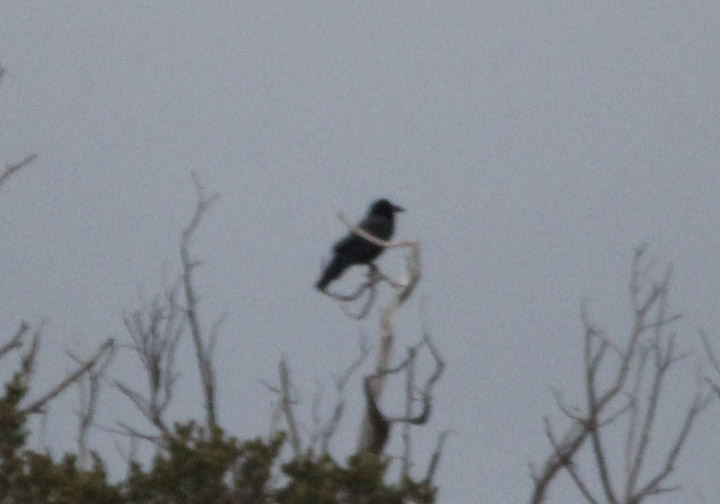
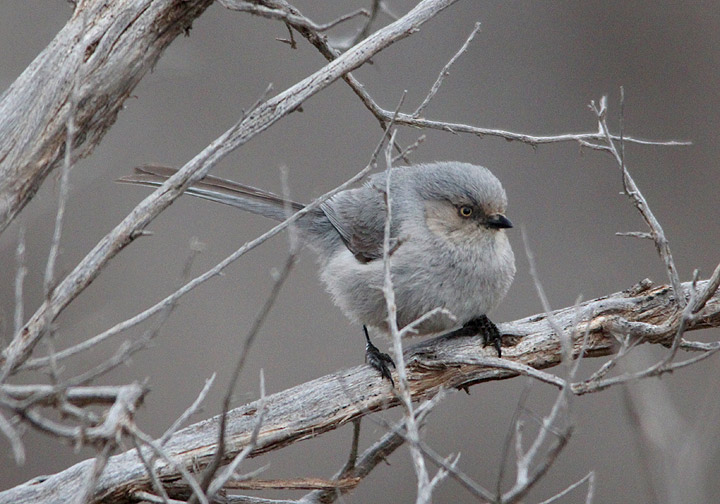
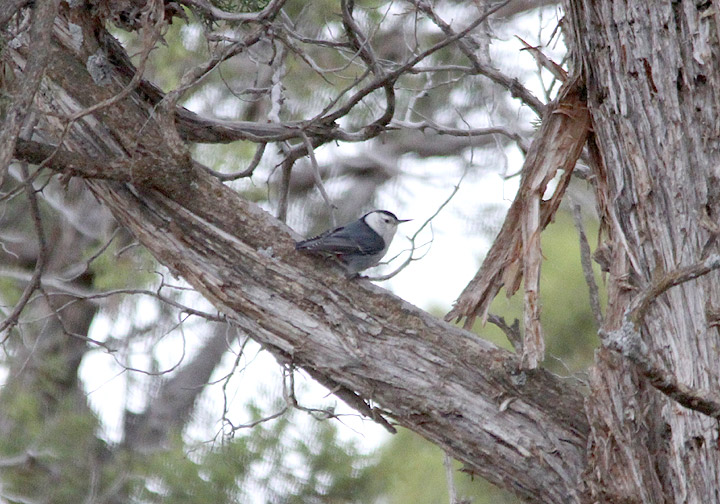
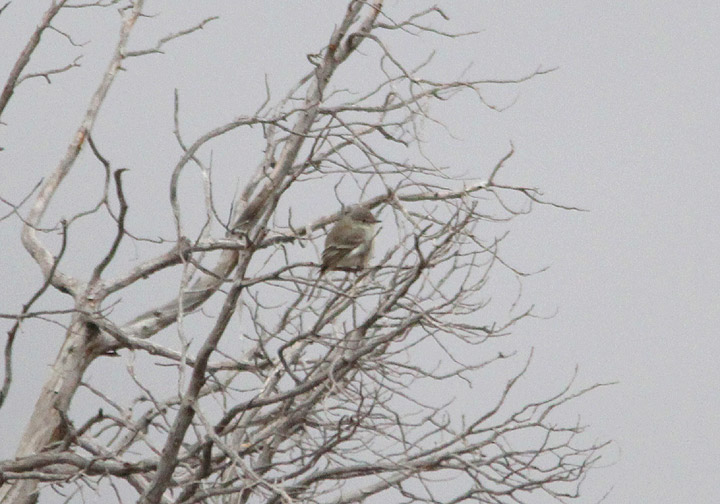

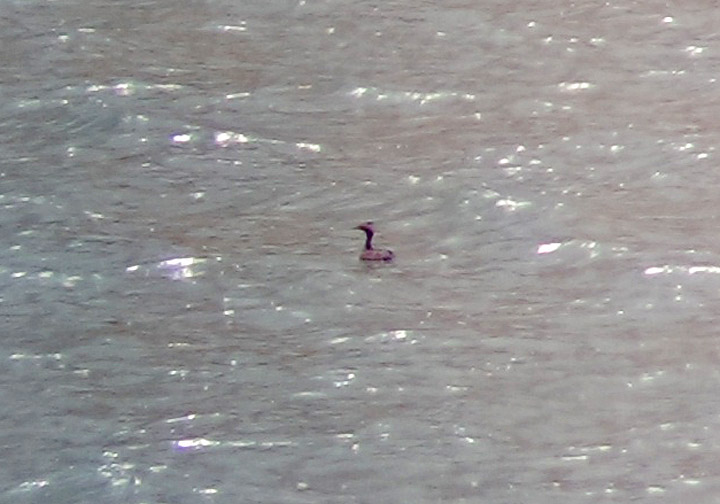
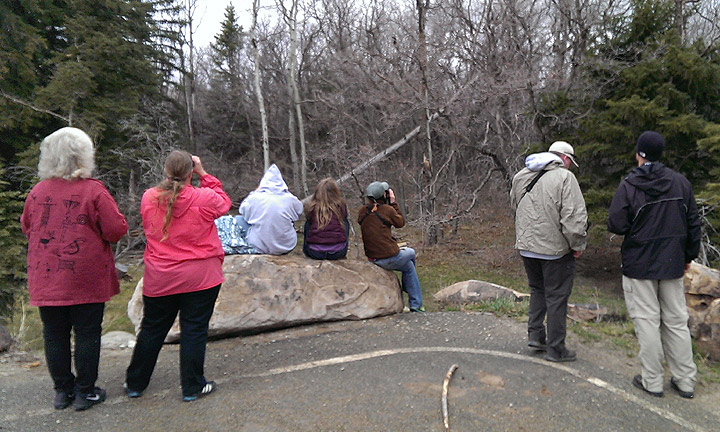
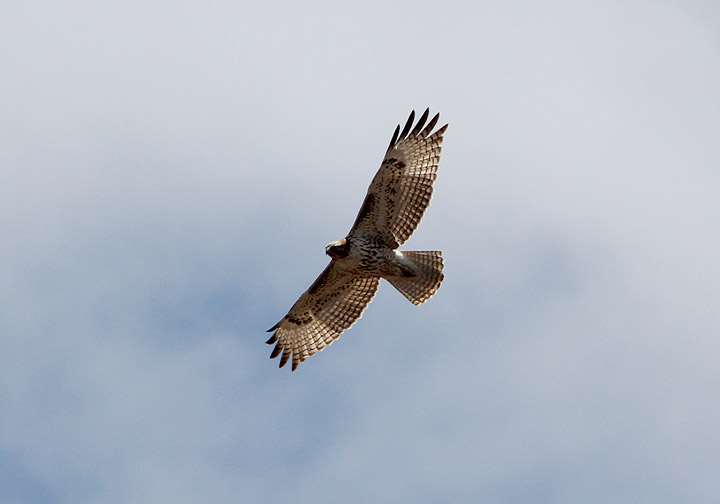

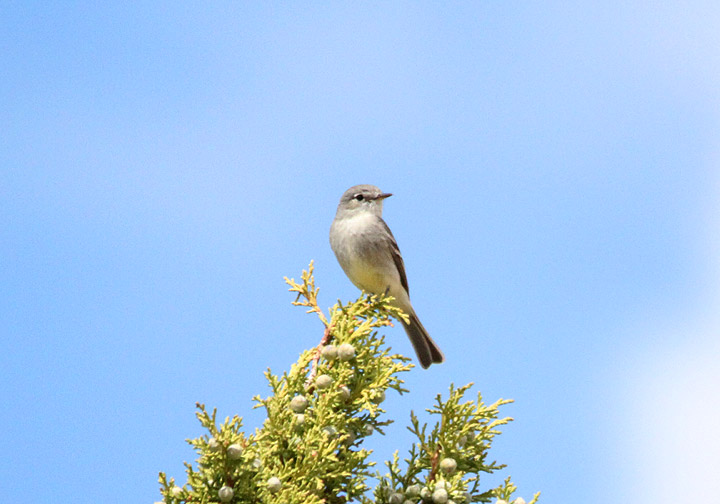
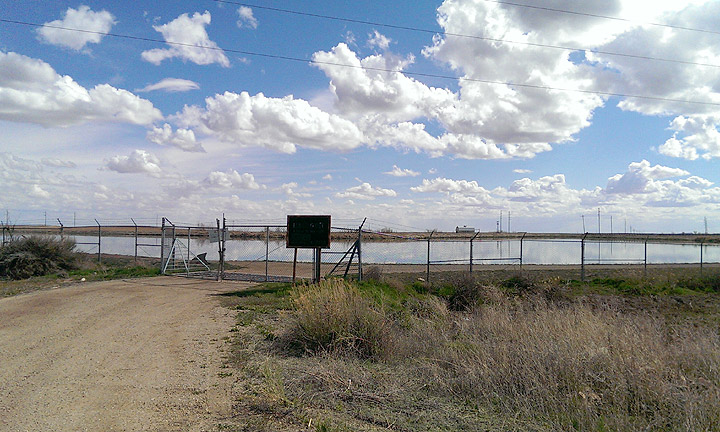
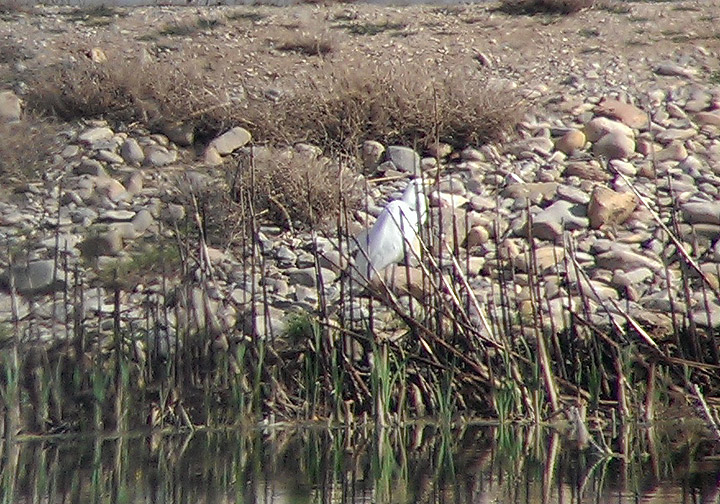
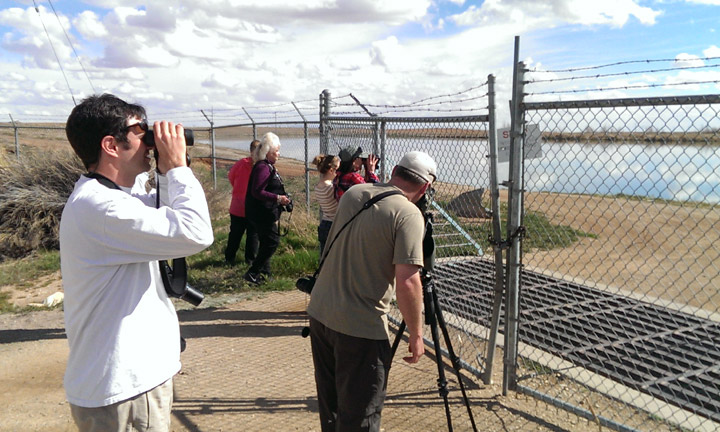
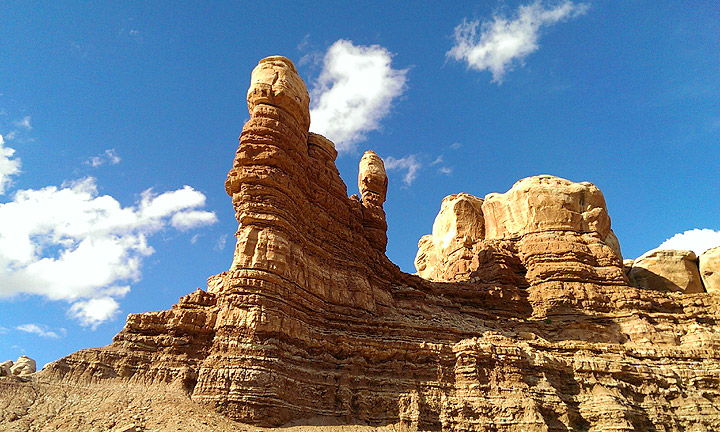
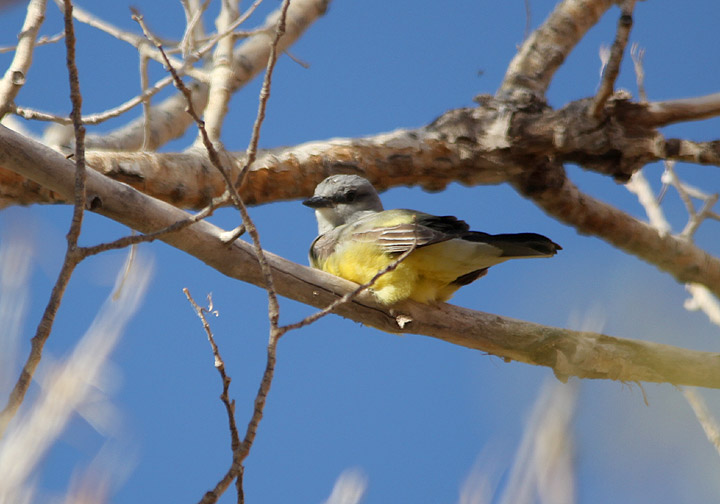
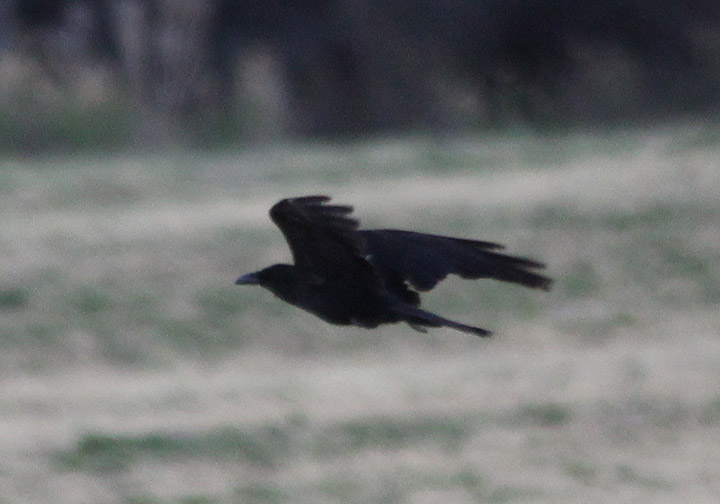
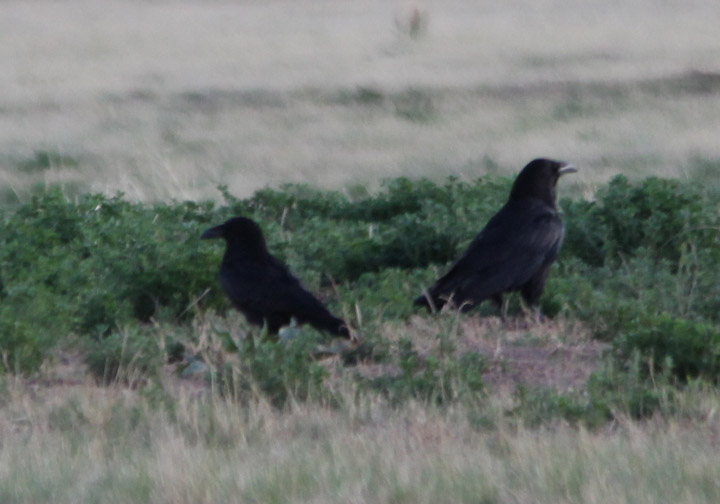
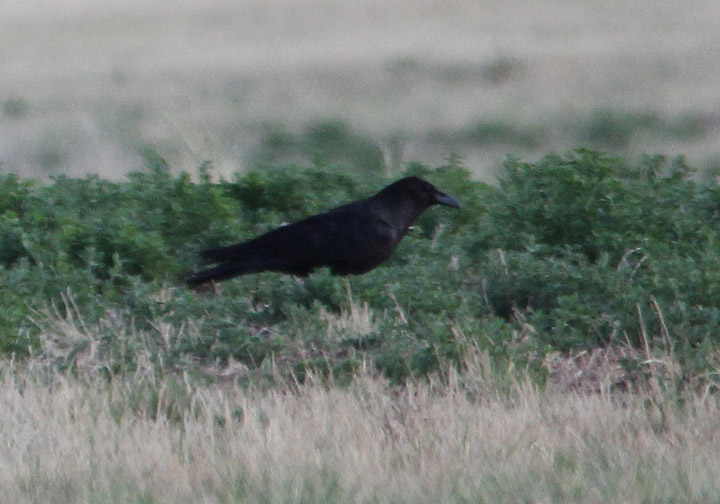

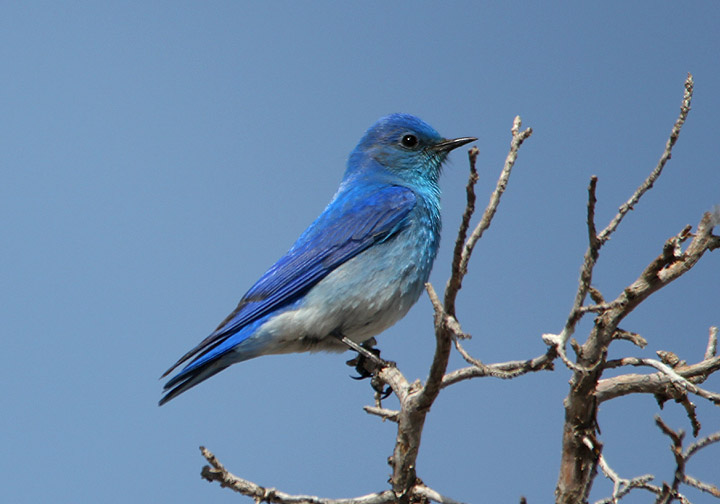
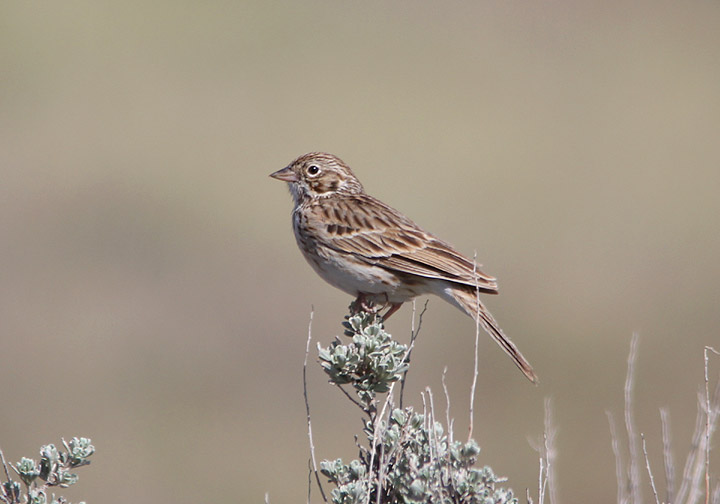
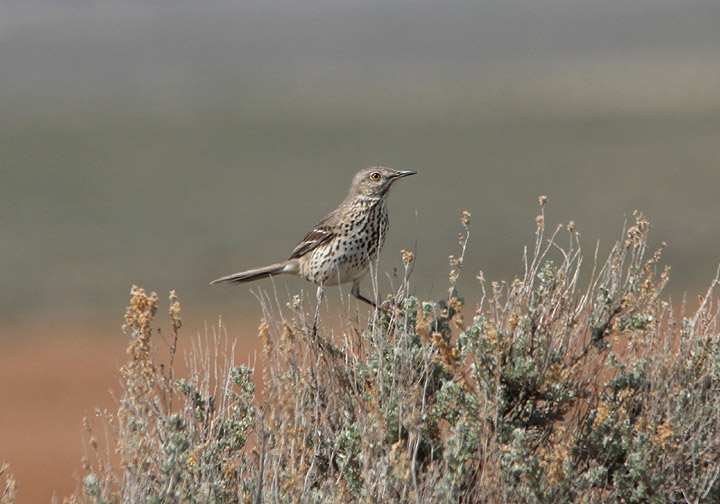
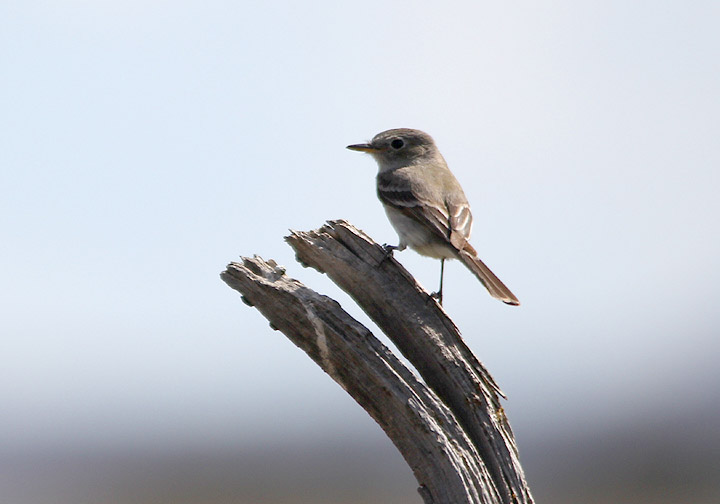

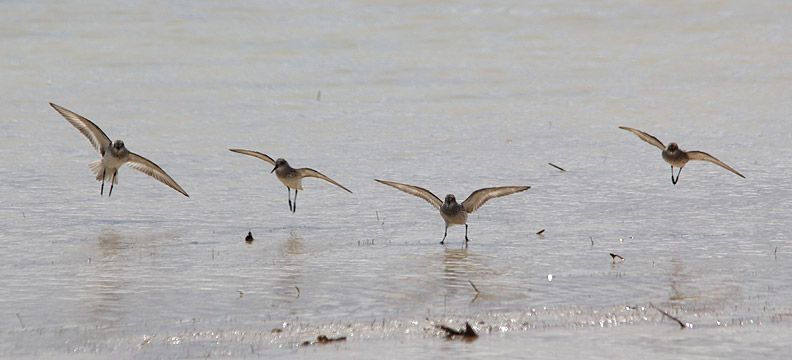
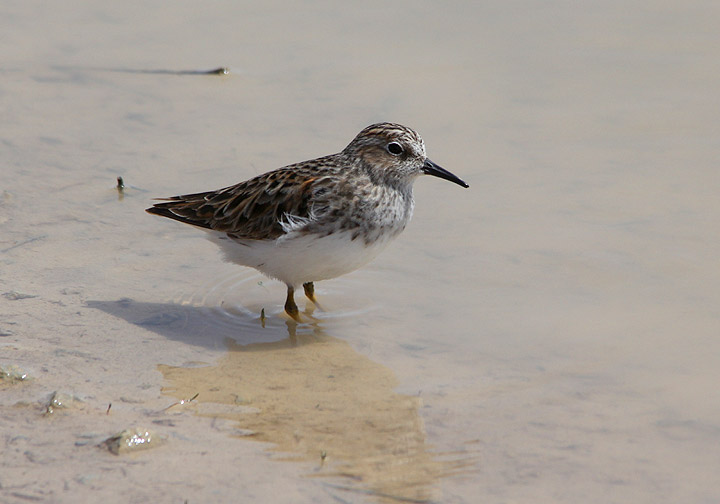
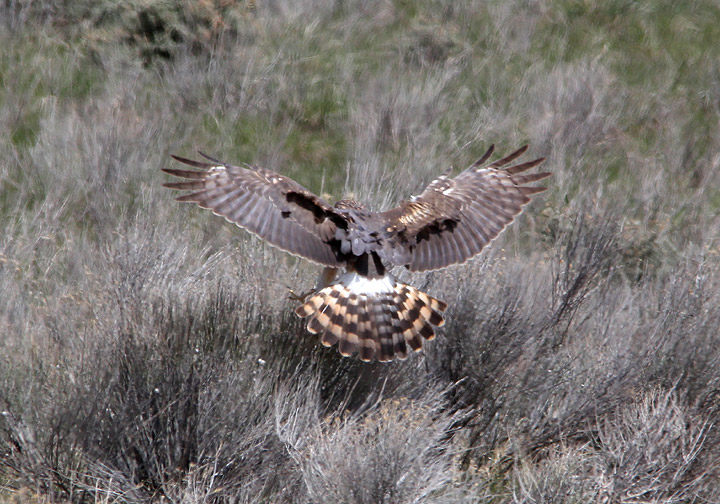


4 Comments:
I'm jealous I missed the trip this year. Hopefully I can make it out next year!
So much fun can't wait to go next year :)
What is the date for 2015? I want to get it on my calender 😀
This iss awesome
Post a Comment
Subscribe to Post Comments [Atom]
<< Back to Previous